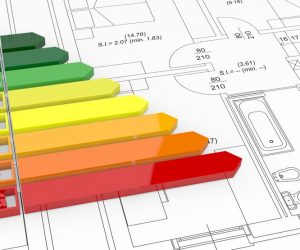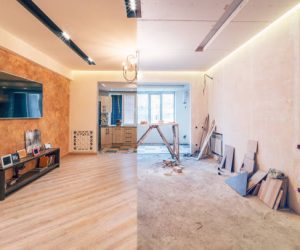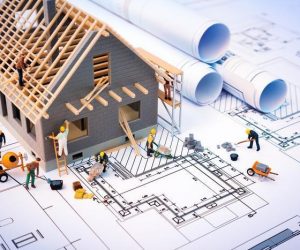Performance-Based Building Standards | BC Step Code

Building efficiency standards have typically specified minimum requirements for each part of the building (different insulations, mechanical system, ventilation, etc.). Such standards are known as “Prescriptive”. The problem with the prescriptive requirements is that all building parts are inter-connected.
As counter-intuitive as it may sound, prescriptive requirements are unable to keep different buildings to the same standard. For example, heat Loss in the building follows the path of least resistance so if a house has a lot of windows, the windows are the primary component of heat loss. In that case, the code must be stricter on the windows and more forgiving on other components. The opposite is applicable too, without many windows in a house, the code may be more forgiving to that element.
The prescriptive codes end up being a “one size fits all” solution for all buildings. In our example, regardless of how many windows the building has, it must comply with a static code, if it’s prescriptive. The outcomes is construction inefficiencies and inconsistent outcome.
As a result, Performance-Based construction is gaining traction around the world, both for the building codes and for the standards. One example of such standards is the BC Energy Step Code.
BC Step Code
The BC Step Code is a program to achieve energy efficient building all across British Columbia. In Part 9 construction, the Step Code aims for “Net-Zero Ready homes” by 2032 in 5 steps. Each step leading to the Step 5, or the Net-Zero Ready Step, increases the energy efficiency requirement of the buildings compared to the previous step. A Net-Zero Ready home should be able to compensate for its annual energy demand via the energy generation on-site (solar panels).
The British Columbia Provincial Government has created the program but the implementation relies on the local governments (e.g. municipalities). Each local government chooses a timeline to increase the minimum energy efficiency requirements (Step) for new construction until the Net-Zero Ready is achieved.
Below are an overview of the said metrics:
- Airtightness: Uncontrolled air that can escape/enter the home when all doors and windows are closed. Highlighting Uncontrolled is important because ventilation done by mechanical system is not a part of this metric. This is the only Step Code metric that gets tested on site.
- Thermal Energy Demand: The first step to have an energy efficient home is minimizing the heat loss. The “Energy Demand” is all the energy that should be mechanically given to a home to keep it at comfortable temperatures throughout the year. Ideally, this demand is very small with good insulation, using the sun’s heat to warm up the spaces (windows), and occupant activity.
- Mechanical Energy Use: Even if a home has very little energy demand, inefficient mechanical systems nullify the positive impact. That is the reason the mechanical systems are separately evaluated as well for efficiency.
Step Code does NOT directly control for these metrics: Operational Emissions, Embodied Carbon, and Cooling Load.
CleanBC’s plan establishes further deadlines (see diagram) for the government’s adoption of BC Energy Step Code metrics in its base building code. Three years from now (i.e. in 2022), every new building going up in the province will need to be 20% more energy-efficient than those built to the most recent requirements of the BC Building Code, which were published in 2018. And by 2032, buildings will need to be 80% more efficient than they are today.





